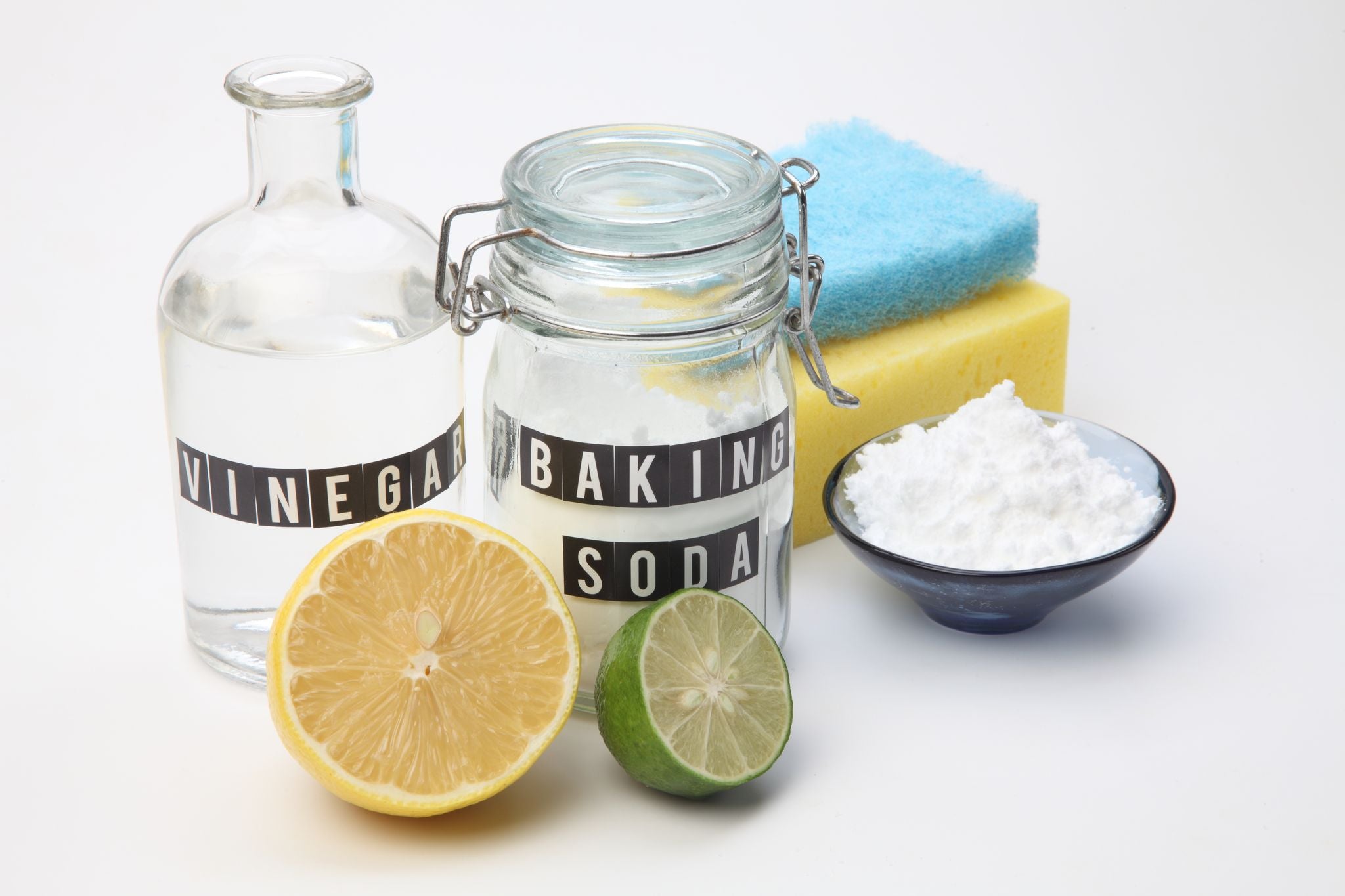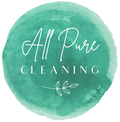5 Handy household uses for vinegar

Making your own household cleaning products can be fun, rewarding and very cost effective. Bear in mind though that even though a product markets itself as ‘natural’ does not always mean it’s safe. Turpentine is a great example of a product which is natural as it is obtained from the resin of trees, however, the vapour from this oil-based paint thinner can irritate eyes, burn skin and when inhaled cause some nasty damage to the central nervous system! Not exactly something you want around your children and pets.
You’ll be pleased to know that there are are many natural ingredients around that are not only safe to use, but are very effective too. One of our all-time favourites is vinegar, especially because vinegar can be ingested which just proves how safe it is. And if you’re concerned about the smell, fear not, the smell of vinegar dissipates after 5 – 10 minutes so you won’t even notice it after a while. Here are 5 handy household uses for this wonder cleaner:
1. Freshen up leather furniture
Has your lovely leather lounge lost its’ sparkle? To restore your leather furniture to its’ original shining condition, mix equal parts of white vinegar and boiled linseed oil in a glass or stainless steel spray bottle, shake well, and spray it on. Use a microfibre cloth to spread the mixture evenly, then leave it for 5 minutes and wipe off with a clean microfibre cloth.
2. Conceal scratches in wood furniture
It’s so easy to scratch unprotected wooden furniture. So if you find a few on your favourite piece of furniture and wish to make it far less noticeable, mix distilled or cider vinegar and iodine in a small jar and use a small paintbrush to paint over the scratch. If you have darker woods, just add more iodine and for lighter woods, add more vinegar.
3. Unclog bathroom drains
The potent combination of baking soda and vinegar is not only effective at unclogging drains but it deodorises and saves you money and saves the environment. Grab a funnel and pour 1/2 cup baking soda and then 1 cup of vinegar down the drain. You will notice it foaming up and as soon as it stops, flush through with hot water. Wait a few moments and then pour cold water through.
4. Disinfect & clean chopping boards
To clean your wood chopping boards, wipe down with white vinegar after each use. The acetic acid in the vinegar is an excellent disinfectant, effective against bugs as Salmonella, E. Coli and Staphylococcus. If you need to deodorise your wood chopping board as well then try spreading baking soda over the full surface and spray on some white vinegar. Allow it to bubble up for 10 minutes and wipe clean with a sopping wet microfibre cloth.
5. Sanitise your old jars to reuse them
Have you ever reused an old olive jar and found it stunk or was covered in grime? We have found there’s a very simple to fix this. Fill the jar with equal parts of vinegar and warm, soapy water, close with the lid, shake well and allow it to stand for 15 minutes. Empty out and rinse with cold water, dry off and then reuse minus the bad smell.
Happy cleaning!

Leave a comment